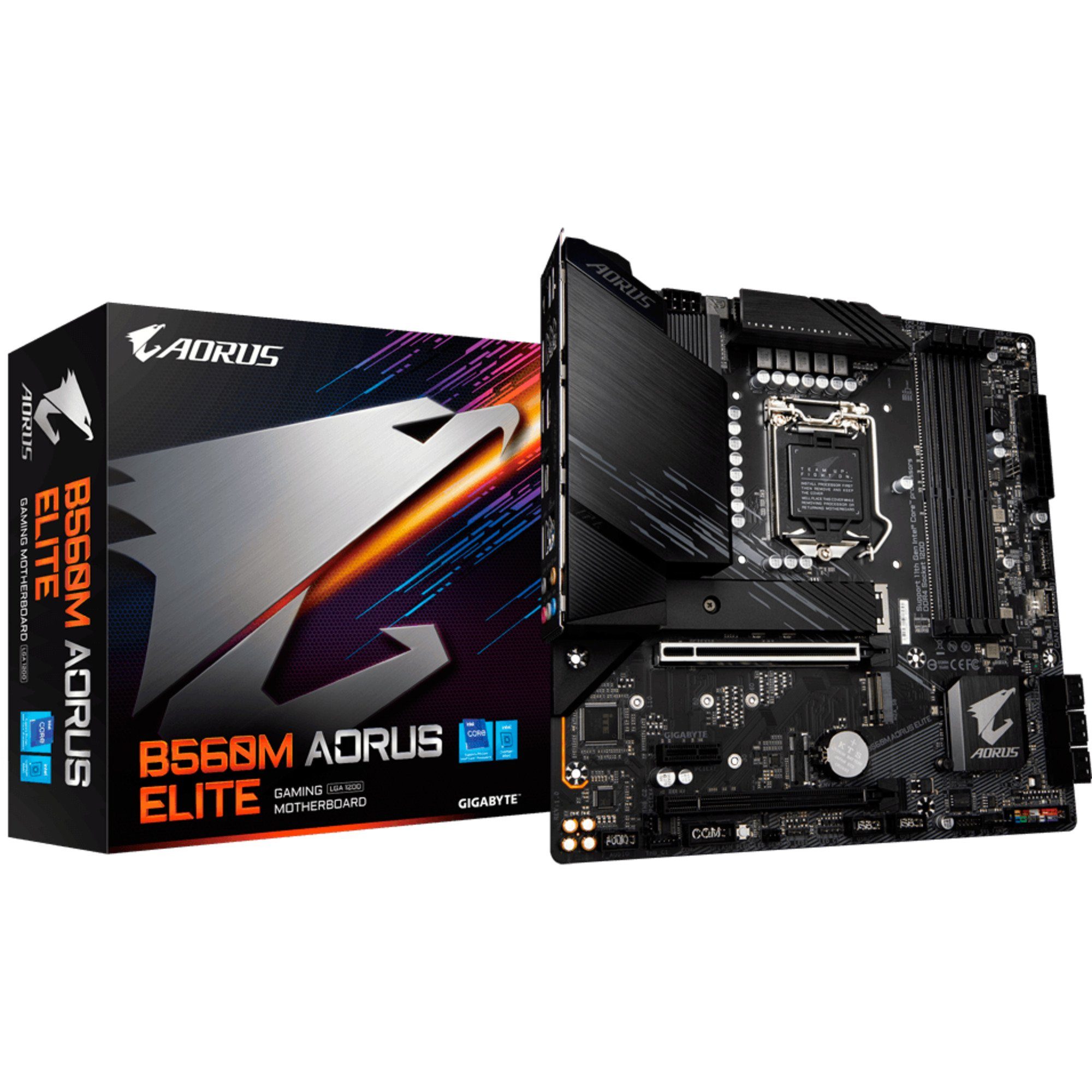

A Rusty EngineĪlmost everything about the Aorus K1 keyboard itself falls in line with my general expectations for a basic, entry-level mechanical gaming keyboard.

While these shortcuts are always useful and appreciated-it’s nice to be able to quickly adjust lighting brightness without opening an app-it’s especially nice here, as the K1’s configuration is generally worth avoiding. The K1 also, notably, prominently features shortcut controls for functions related to its RGB lighting controls. That sounds like a minor concern, but when every keyboard places these functions on different keys, making them easy to find helps you memorize their positions. The icons on keys with secondary functions, including volume keys on F1-F3 and the media keys on F5-F7, are as large as the primary legends, which makes them easy to read at a distance. The keycaps' legends are clean and clear, without appearing blocky. Upon closer inspection, I really enjoy some of the little changes Aorus’ made with its keycap design. That isn’t a knock on the keyboard, but it’s worth noting that the K1’s optimized for a specific kind of user. The MX Red's light touch often makes for more typos and mispresses while typing, though, so I primarily recommend the switches for players who prioritize gaming performance over general computing and productivity. Linear switches like the MX Reds generally have a lighter touch, which makes the keys easy to press quickly and hammer rapidly while playing games. The K1 is Aorus’ second keyboard since transitioning to using Cherry MX Red linear mechanical switches, which deliver a consistent, comfortable typing feel. In keeping the top plate as small as possible, it feels compact for a standard, 104-key layout. Measuring 1.63 by 17.38 x 5.22 inches (HWD), its thin, open-ended base has a sleek, uncomplicated look, with only a few small gaming-style accents along the sides.

The Aorus K1 is the very epitome of a basic full-size gaming keyboard in 2020. Still, there’s more that goes into making a good gaming keyboard, and the Aorus K1 doesn’t deliver the full package. For people who want to simply plug in a keyboard and play, the moment-to-moment typing and gaming experience is fine. Outdated and unreliable in my testing, Aorus’ software is a huge issue that you won’t see when you compare the K1’s specs to other keyboards, but it can ruin the experience all the same, especially if you like to create custom layouts or lighting. It's the configuration software you use to customize the keyboard. It’s a simple mechanical keyboard without any signature features, but that’s not the problem.


 0 kommentar(er)
0 kommentar(er)
